Each month, Product Watch offers readers the latest information on new and innovative products for otolaryngologists-head and neck surgeons.


Each month, Product Watch offers readers the latest information on new and innovative products for otolaryngologists-head and neck surgeons.
Hearing aids-external electronic devices used to help individuals with hearing loss-traditionally consist of a microphone, an analog-to-digital converter, a digital signal processor, a digital-to-analog converter, and a receiver that delivers an acoustic signal into the external auditory canal. In 2008, 97% of all hearing aids sold used digital processing. Catherine V. Palmer, PhD, provides a review of current digital hearing aids.
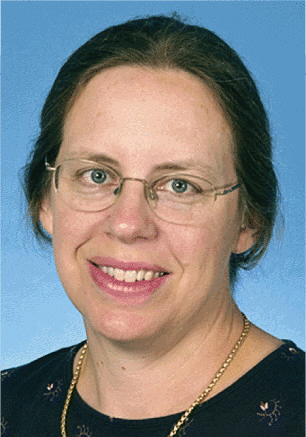
In a recent debate-style panel, five otolaryngologists addressed topical clinical issues relating to the pediatric airway ranging from adenotonsillectomy in children with obstructive sleep symptoms, to whether cidofovir should be used as a standard treatment in children with recurrent respiratory papillomas.

SAN DIEGO-Hearing aids can become a reliable source of ancillary income for otolaryngologists, according to four speakers in the miniseminar, Hearing Aids: The Dollars and Cents of Dispensing, presented at the annual meeting of the American Academy of Otolaryngology-Head and Neck Surgery (AAO-HNS).
SAN DIEGO-Weighing whether or not to perform tonsillectomy boils down to a balance between benefit and harm, declared Richard Rosenfeld, MD, MPH, at the lively and well-attended miniseminar on evidence-based tonsillectomy at the American Academy of Otolaryngology-Head and Neck Surgery annual meeting here.
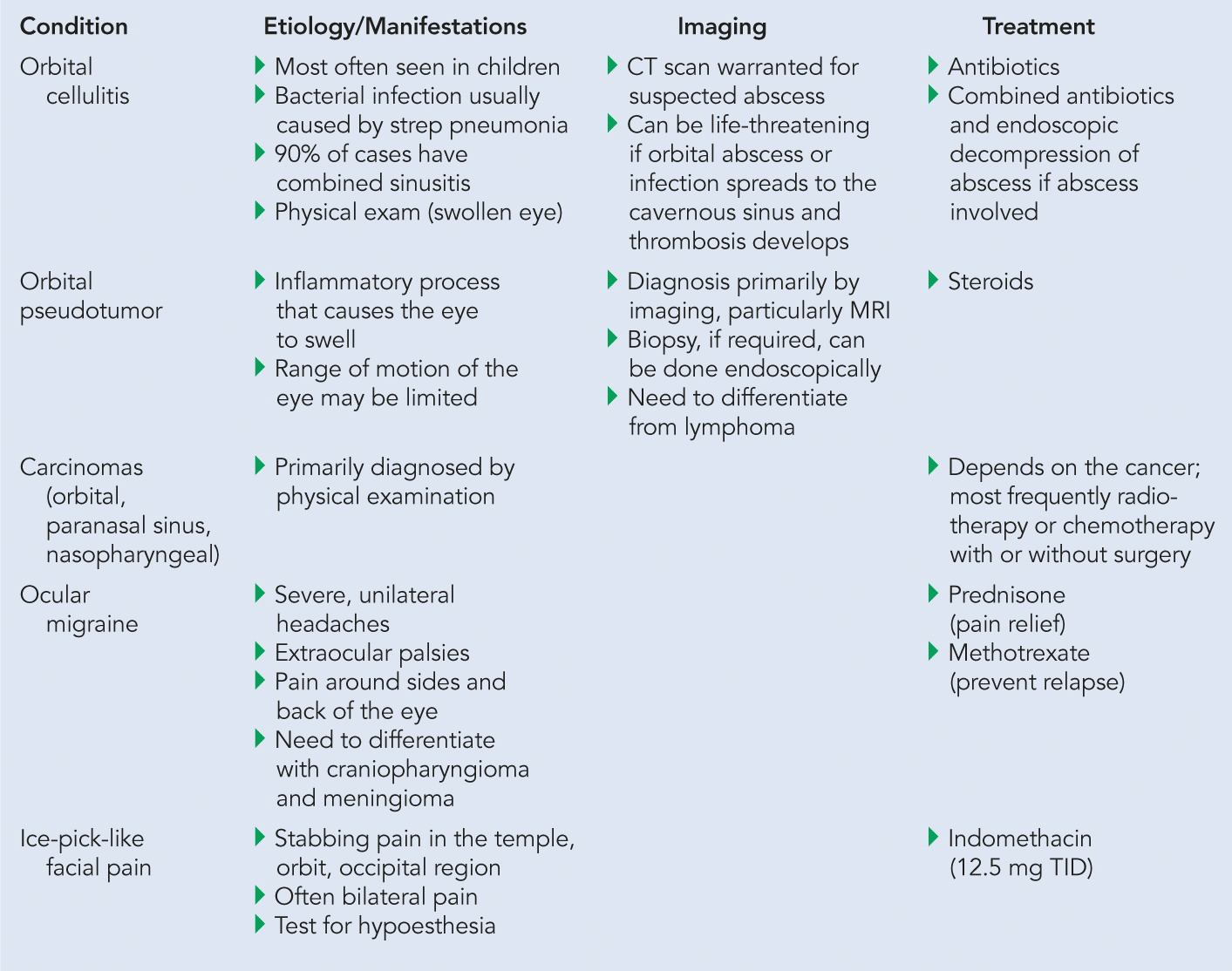
When a person walks into an otolaryngologist’s office with pain in the head and neck area, the challenge to correctly identify the cause and treat appropriately is a large one and one that otolaryngologists face daily.
Secondary tracheoesophageal puncture (TEP) performed in the office on total-laryngectomy patients, using transnasal esophagoscopy, yielded good results, researchers have reported.
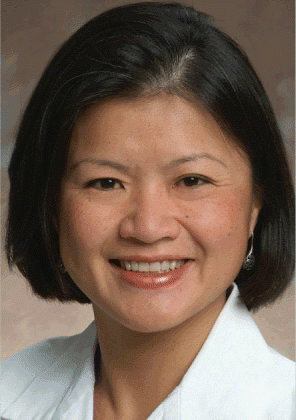
Patients with cancer of the larynx who are treated at teaching and research hospitals that see high volumes of such patients are the least likely to die within a year of their diagnoses, researchers said at the annual meeting of the American Head and Neck Society.
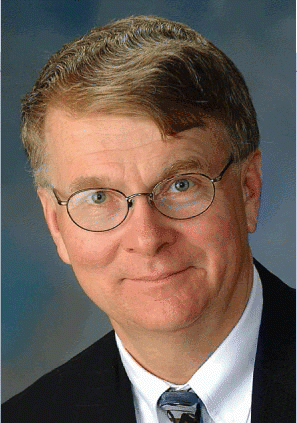
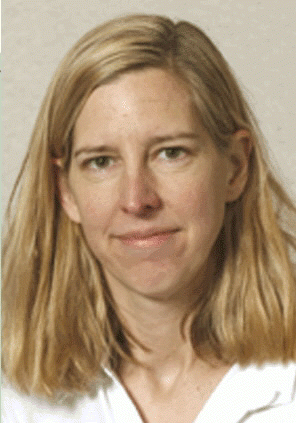
Mounting evidence suggests that human papillomavirus (HPV)-positive oropharyngeal cancer has an improved prognosis compared with HPV-negative disease. The most recent supportive evidence comes from an analysis of a Phase III trial presented at the 2009 annual meeting of the American Society of Clinical Oncology.